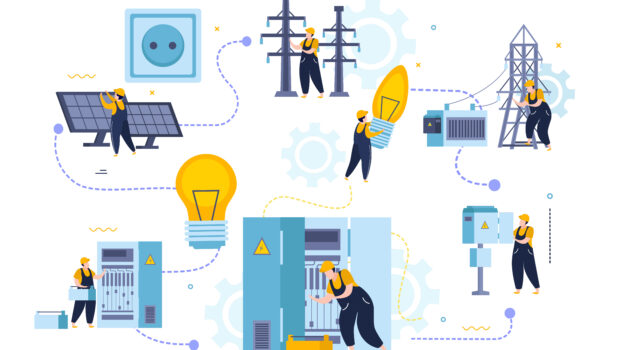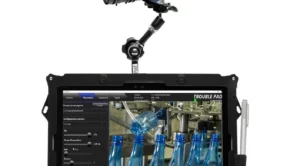8 Uses of Power Transformer in Daily Life
A transformer is a kind of electrical equipment that is used to connect the output signal from one portion of the circuit to the other. During the process, the transformer may also change the parameters of the input signal, such as its amplitude level. The notion of a transformer was initially suggested by Michael Faraday, an English scientist, in 1831, and the device was developed by a number of other academics, engineers, and scientists in the years that followed. Chint power transformer are best to use for daily life & industrial purposes.
Transformers may be roughly grouped into seven subcategories based on the power supply phases, transformer core type, cooling system type, voltage levels, winding arrangement, core medium, and installation site.
To halt and resume the flow of electricity
The transformer is used to keep the voltage between circuits stable and to prevent damage. It allows you to start and stop the flow of electric current as needed. This would assist to keep the equipment or gadgets on which it is employed from deteriorating owing to excessive voltage.
Battery Charging
Another example of a common life application that makes use of transformers is the process of charging a battery. Charging a battery entails transferring electrons from an electric generator to the energy storage device or battery.
During the charging process of the battery, electrons tend to flow uncontrollably and may cause device rupture or failure; thus, a transformer must be connected between the battery and the charging source to safeguard the battery and prevent any type of damage to the components embedded in the internal circuitry of the battery. The transformer’s primary role in this case is to control the voltage and prevent current leakage or surge current flow through the device.
Used in electrochemistry
Transformers are what power the whole completion process in the creation of metals such as zinc and aluminum during the electrolysis process. Manufacturing organizations may utilize it to create metals for a variety of applications.
Coolant
When a transformer is utilized in an air-dry state, it might have a cooling effect. This cooling effect produced by transformers may be simply used in refrigerators to keep food cold and fresh. In addition to cooling, transformers used in refrigerators and other similar applications offer the essential voltage control to minimize surge current and voltage imbalances, assuring the device’s safety. Furthermore, transformers assist in keeping refrigerators cold for a period of time when the power supply is unexpectedly cut off.
Managing the flow of electricity in a circuit
Transformers may be used in lieu of switches and interrupting circuits to provide the user complete control over the current flow through a circuit. This implies that a transformer may start or stop the functioning of any equipment or gadget. In addition to managing the circuit, transformers give the required security and safety to the circuit, extending the product’s life and preventing premature device rupture or failure.
For impedance matching
In the electronic industry, one network’s impedance in a communication circuit is matched with another network’s input impedance. When this is done, there is maximum power transmission, which is helped by the transformer.
Audio Converter
An audio transformer is an electrical device that is often used to create signal isolation as well as to assist match the impedance values of the source and the load. Audio transformers are often found in audio equipment including microphones, loudspeakers, and sound amplifiers. Such transformers are specially intended to work solely with signals that fall within the audible signal range, i.e., signals with frequency values ranging from 20 Hz to 20KHz, or simply signals that are suitably audible to a person of average age. An audio transformer may also filter the incoming signal by removing undesirable or noisy signals.
8. Applications for Power Transmission and Distributio
Transformers are often employed in a broad range of power transmission and distribution applications. Power transmission is the transfer of high voltage electrical energy from a power plant to a substation, while power distribution is the conversion of large magnitude voltage signals to much lower value voltage signals. Furthermore, the power distribution systems’ lower level voltage signals may be utilized for a variety of home and commercial purposes.
Cover Image by Freepik
















